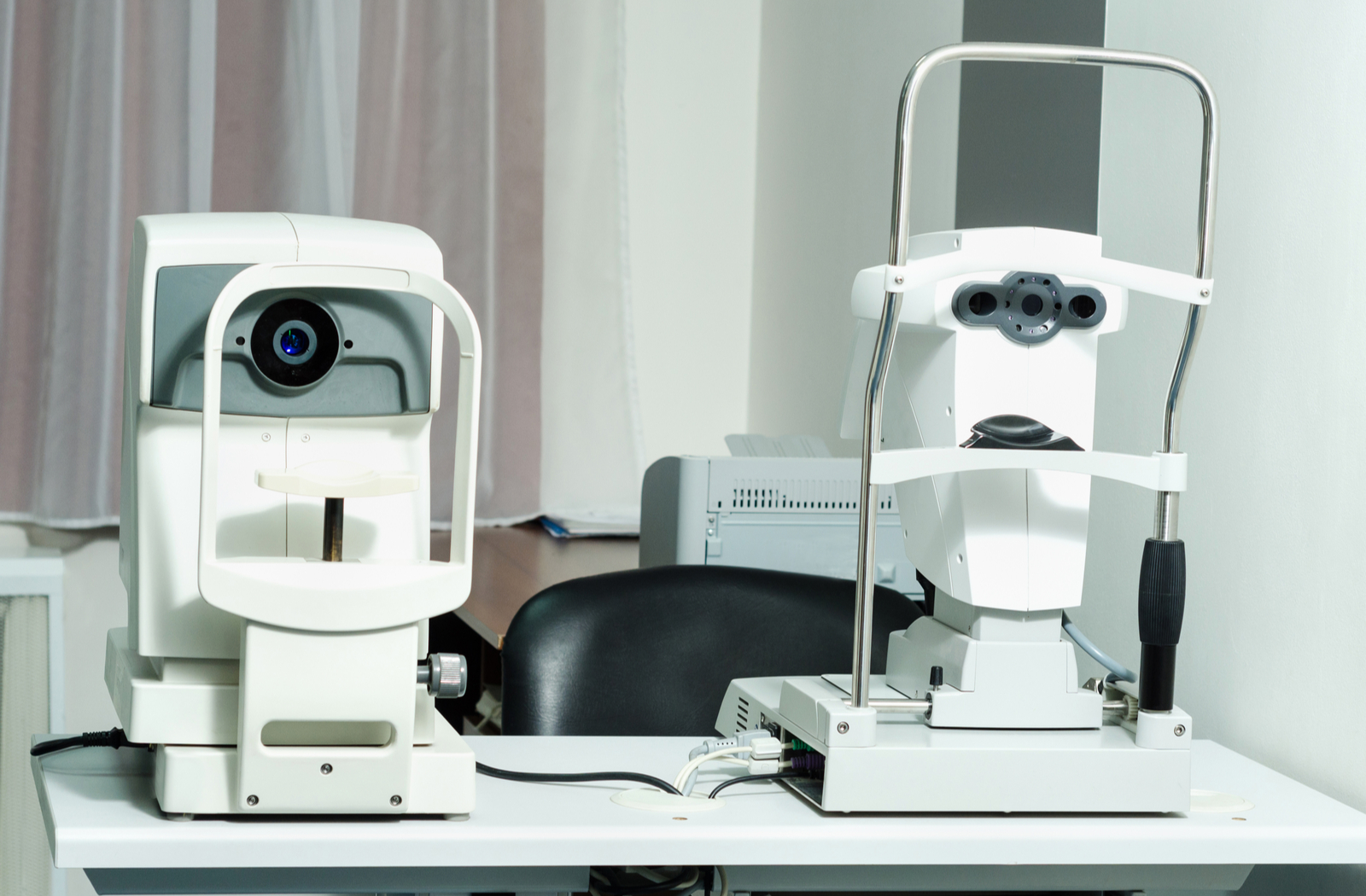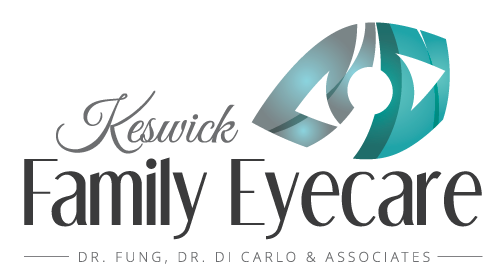Today, approximately 5.59 million Canadians live with a disease that can cause blindness or vision loss. Many of these diseases, such as macular degeneration, glaucoma, and diabetic eye disease, develop without causing any noticeable symptoms. By the time patients become aware of changes to their sight, their eyes have usually sustained permanent damage.
The positive news is that technology is evolving all the time. Over the last few years, scientists have developed ways to detect eye diseases and issues earlier than ever before. Using a type of imaging called optical coherence tomography (or OCT), optometrists may be able to diagnose eye diseases before they impact your vision. That early diagnosis could mean the difference between clear vision and partial or total vision loss.
What is OCT?

An OCT machine is a type of imaging equipment that captures 3D images of your eyes’ internal structures. OCT testing is non-invasive, so nothing needs to enter your eye except waves of light.
The light travels through your pupil to illuminate the anatomy inside. In some cases, we may use eye drops to dilate your pupils, which allows more light to enter your eye.
What Diseases Can It Detect/Predict?
Diabetes/Diabetic Retinopathy
Diabetic eye disease (also known as diabetic retinopathy) occurs when the delicate blood vessels in the eye become damaged due to high blood sugar levels. As a result, these blood vessels can swell, leak into the retina, or close off, restricting blood flow to some areas of the retina. In some cases, the retina grows new, abnormal blood vessels, which can lead to further leakage and scarring.
OCT provides a close-up view of your retinal layers in cross-section. These scans can show us pockets of fluid within the retina, and even growth of abnormal blood vessels.
However, the OCT scan can do more than simply identify diabetic retinopathy once it’s developed.
Modern OCT scanning technology shows it may be possible to detect changes to the retinal layers even before we see visual signs of retinopathy. This degree of early identification allows us to treat the issue before the patient loses any vision.
AMD
Age-related macular degeneration (or AMD) affects your central vision, which is responsible for your ability to read, recognize faces, and notice details. There are two types of AMD: wet AMD and dry AMD.
Dry AMD develops when fatty deposits called drusen collect under the macula, the small portion of the retina responsible for central vision. As they grow, they can cause macular cells to die, resulting in partial loss of central vision.
Wet AMD develops when damaged retinal blood vessels start leaking fluid into the retina. The retina can swell, which damages macular cells. In some cases, the retina grows new irregular blood vessels, which create scar tissue on the retina and macula.
An OCT scan allows us to visualize drusen as they start to develop. Some small or medium drusen are normal. However, they may require monitoring. We can track any drusen growth or changes through regular OCT imaging. This allows us to ensure you receive the necessary treatment before drusen become a problem.
Wet AMD can be difficult to diagnose and may require different types of tests for confirmation. Despite that, an OCT can show us potential fluid leakage inside your retina, and possibly identify the layers affected by the leakage. This information is often enough to order more tests, confirm a diagnosis, and begin treatment before you suffer significant vision loss.

OCT Testing
Glaucoma
Glaucoma is a disease that causes permanent damage to the optic nerve, which is responsible for sending signals from your eyes to your brain. The damage is sometimes caused by an increase in intraocular pressure (IOP), however, that’s not always the case.
Vision loss from glaucoma is often gradual and cumulative, meaning patients rarely notice any vision loss until a good portion of their eyesight is gone.
In addition to providing retinal imaging, OCT can also offer insight into the health of the optic nerve. By evaluating the thickness of your optic nerve fibres, we can determine the extent of any damage that’s been done and suggest the appropriate course of treatment.
Newer OCT technology may even be able to predict certain types of glaucoma before any nerve damage occurs.
Alzheimer’s Disease
Alzheimer’s disease is a common brain disorder that causes memory loss, confusion, and other cognitive problems. Approximately 60-80% of dementia cases are attributed to Alzheimer’s.
Alzheimer’s disease is different from the other conditions on this list because, unlike the others, it is a neurological condition rather than an eye condition. Still, research suggests that OCT scans of the retina can identify Alzheimer’s disease in its early stages.
There currently is no cure for Alzheimer’s. However, new treatments are emerging all the time. It is possible that with an early diagnosis, we may someday be able to significantly slow or possibly even stop the progression of Alzheimer’s disease.
OCT Testing is a Crucial Part of Maintaining Your Visual Health
Not every optometry practice can offer OCT diagnostics, as the technology is expensive. Still, it is clear that this type of imaging can be instrumental in the identification and treatment of various sight-threatening eye conditions.
I would highly recommend finding an optometrist who is equipped to offer OCT scanning in your area.


